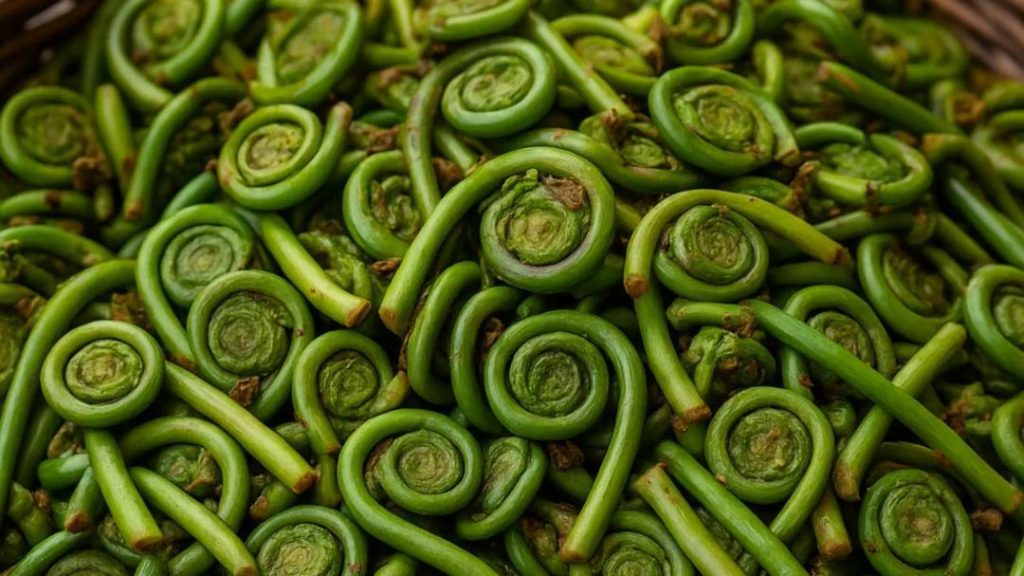
Lingad, a Monsoon Fern, Boosts Immunity and Bone Health
The monsoon season in the Himalayas brings with it a plethora of edible delights, and one of the most unique and nutritious is the Lingad, also known as the fiddlehead fern. This young, coiled shoot is harvested when tender and curled, before it matures and becomes fibrous and unfit for cooking. Locally known as Lengdu, Dhekia, or Nigro, Lingad is a staple in many Himalayan households, not only for its unique flavor and rich tradition but also for its impressive health benefits.
A Rich Source of Nutrients
Lingad is densely packed with nutrients, making it an excellent addition to a healthy diet. It is a rich source of vitamins, minerals, and antioxidants, which work together to boost immunity and support overall health. According to a recent study, Lingad contains high levels of vitamin A, vitamin C, and potassium, making it an excellent remedy for various health issues.
Boosts Immunity
One of the most significant health benefits of Lingad is its ability to boost immunity. The high levels of antioxidants and vitamins in Lingad make it an excellent natural remedy for fighting off infections and diseases. The fern is often consumed as a tea, which helps to purify the blood and boost the immune system. In traditional medicine, Lingad is used to treat various ailments, including fever, cough, and cold.
Supports Bone Health
Lingad is also rich in calcium, which makes it an excellent food for supporting bone health. The calcium content in Lingad helps to strengthen bones and prevent conditions such as osteoporosis. In addition to calcium, Lingad also contains other essential minerals such as magnesium and potassium, which help to maintain healthy bones.
Rich Tradition and Cultural Significance
Lingad has been an integral part of Himalayan culture for centuries. The fern is harvested during the monsoon season, when the weather is cool and the humidity is high. The harvesting process is a labor of love, with communities coming together to collect the tender shoots. The fern is then cooked in a variety of ways, including steaming, boiling, and sautéing.
In many Himalayan households, Lingad is considered a delicacy, and is often served on special occasions. The fern is also used in traditional medicine, and is believed to have healing properties. In fact, Lingad is often used to treat various health issues, including fever, cough, and cold.
Culinary Uses
Lingad can be cooked in a variety of ways, making it a versatile ingredient in many Himalayan recipes. The fern can be steamed and served as a side dish, or used in soups and stews. It can also be sautéed with garlic and ginger, and served as a stir-fry. In some regions, Lingad is even used to make a type of tea, which is believed to have health benefits.
Conclusion
Lingad, the monsoon fern, is a unique and nutritious ingredient that is rich in flavor and tradition. The fern is densely packed with nutrients, making it an excellent addition to a healthy diet. From boosting immunity to supporting bone health, Lingad is a superfood that is worth incorporating into your diet. Whether you’re looking for a new ingredient to add some excitement to your meals, or you’re interested in exploring the rich cultural heritage of the Himalayas, Lingad is definitely worth trying.
Source:






